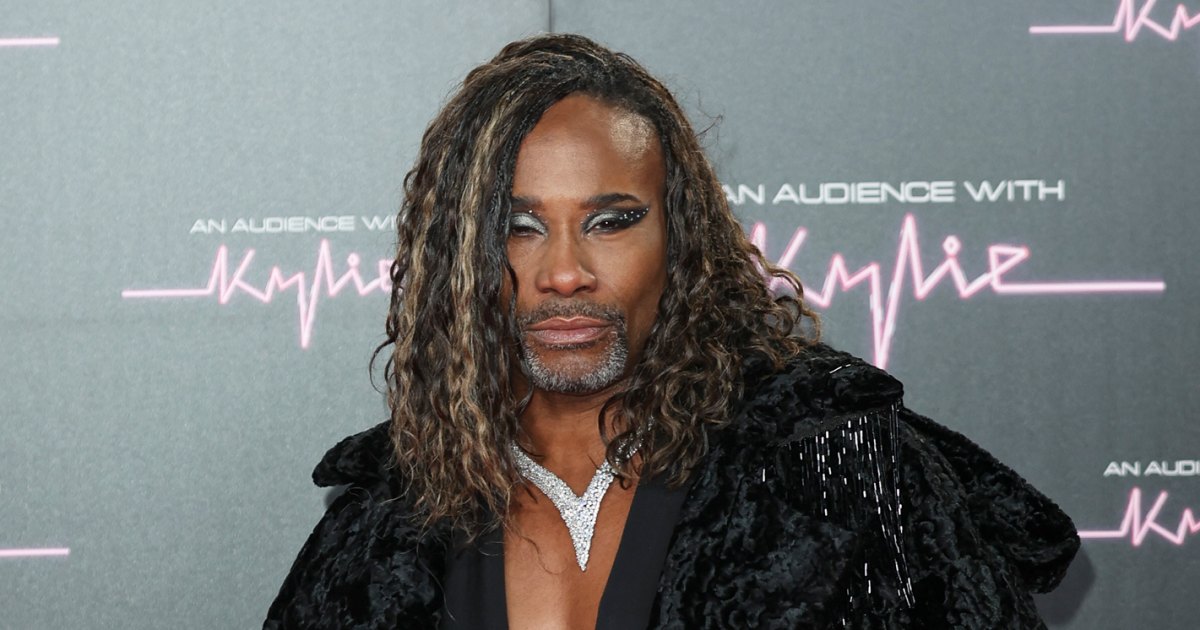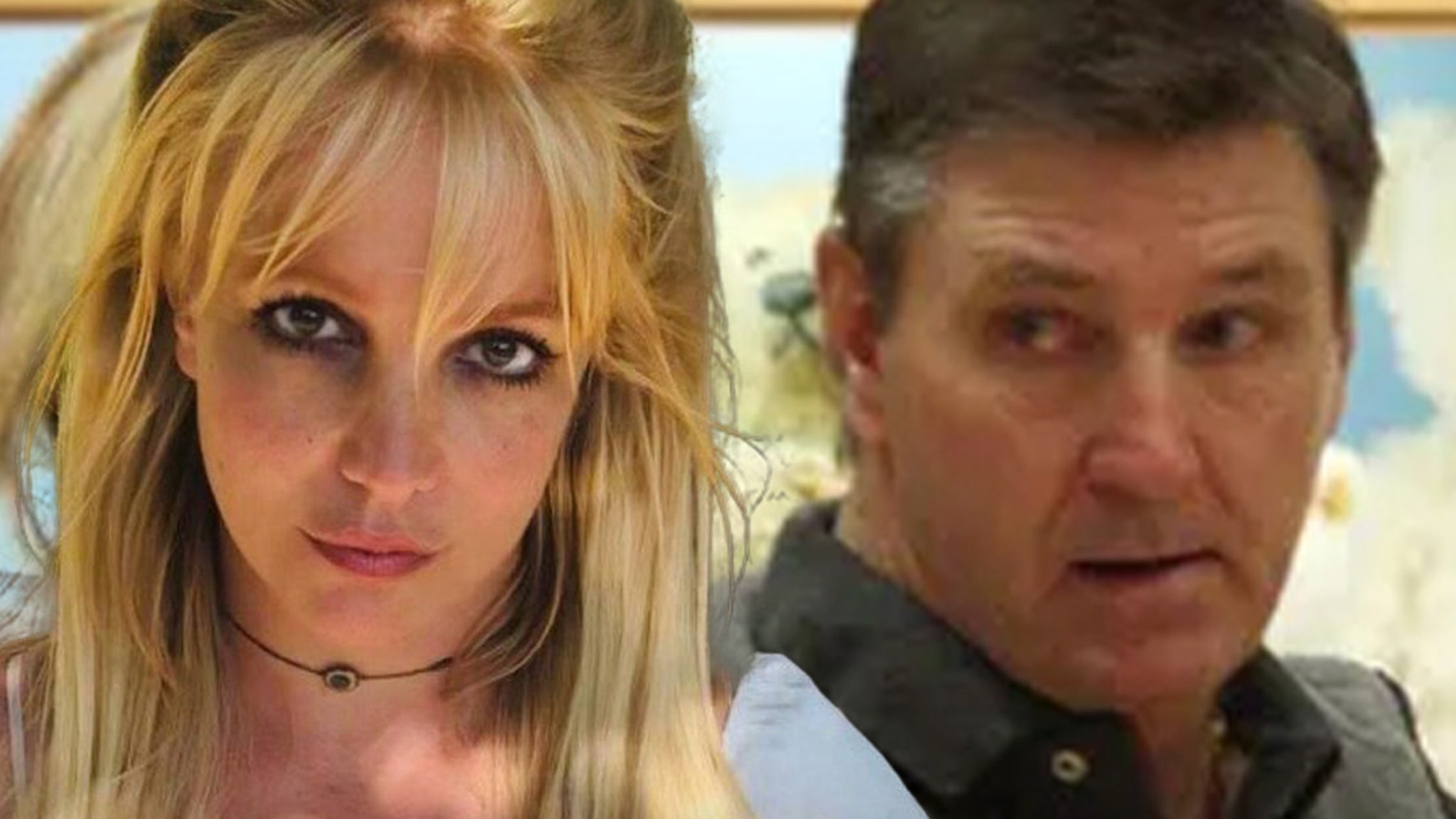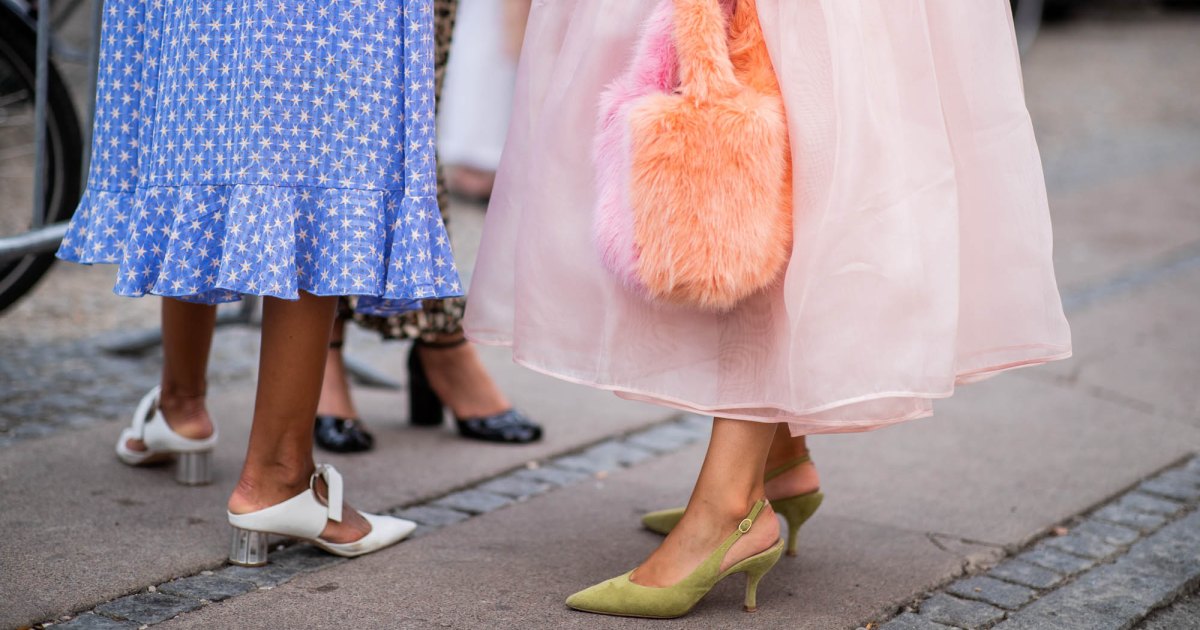Culture
Robert Moskowitz, Abstract Painter of New York’s Skyscrapers, Dies at 88

Robert Moskowitz, a painter who used the New York City skyline to stake out a unique position on the border of abstraction and representation, died on Sunday in Manhattan. He was 88.
His son, Erik Moskowitz, said the cause of death, at a hospital, was complications of Parkinson’s disease.
Mr. Moskowitz first came to broad notice with collagelike paintings in which he glued window shades to canvases that had been painted various shades of off-white. Some of these works, which evoke stripped-down Rauschenbergs, were exhibited in the 1961 Museum of Modern Art show “The Art of Assemblage.” He later made a series of similar collages with envelopes.
From the mid-1960s into the ’70s, after an interlude painting Surreal interiors, Mr. Moskowitz settled on views of empty corners, which again flirted with the limits of legibility — they were usually one color, sometimes even black on black.
He also experimented with shapes that were easily recognized but of ambiguous status, like a smiley face or a white swastika on a black background; made a pastel version of Piet Mondrian’s own very minimal “Red Mill,” as well as an oil paint version in black; riffed on Rodin, Giacometti and a 2,500-year-old fresco known as “Tomb of the Diver” in Paestum, Italy; and painted a peculiar view of the Wrigley Building in Chicago, inspired by a souvenir matchbook, in which the building’s two white towers seem to be falling through space.
Even at their most high-concept or severe, though, Mr. Moskowitz’s paintings were always more expressive than he let on. However flat and endless a given field of brown or yellow might be, the works were always constructed with vibrant brushwork and a kind of quiet glee at odds with his stark aesthetic. Mr. Moskowitz’s gallery, Peter Freeman, Inc., which had just begun to represent him and opened their first show with him shortly before he died, called him, in a statement, “a rare bridge between Abstract Expressionism and Minimalism.”
Beginning in the late 1970s, Mr. Moskowitz began painting the Empire State Building, the Flatiron Building and, most indelibly, the World Trade Center. Those three buildings appear over and over through the decades, in black on blue, lavender, orange, yellow or white; in white on black; surrounded by smudgy fingerprints or plumes of smoke; naked in fields of color; rendered in oil, ink, graphite or pastel.
They all had the shimmering, self-contained quality of letters or numbers. But the distinctive crenelated spire of the Empire State, at once ornament and monument, was impossible not to recognize. Two little bumps for cornices made the simple shape of the Flatiron equally unmistakable, while also adding a disorienting uncertainty to its scale.
It was in the imposing modernist stripes of the Twin Towers that Mr. Moskowitz found his great subject. Whether appearing as two black bars huddled in the corner of a modest sheet of drawing paper or rearing up as bold red dashes 10 feet high, the towers seemed to transcend the usual distinctions among genres of art, even among genres of mark making. (It’s worth noting that among drawings called “Flatiron” or “Empire State,” the Twin Towers pieces are invariably called just “Skyscraper.”) The towers were a specific architectural reference that didn’t look specific at all, a forceful abstract pattern with the subtlest of concessions to perspective, a taut graphic device that hit the eye like a logo — a logo for nothing but itself.
After the attacks of Sept. 11, 2001, these works took on a darker resonance, and Mr. Moskowitz, whose TriBeCa loft was only a few blocks from the towers, regretfully moved on to other motifs.
“Now the images seem unbearably grim,” he told The San Antonio Express-News in 2007, when he showed some of his paintings in the San Antonio area. But, he added, “I was always happy when I was painting them.”
Robert Stephen Moskowitz was born on June 20, 1935, in Brooklyn to Louis Moskowitz, who owned two dry-cleaning shops, and Lily (Sandman) Moskowitz, who managed the home. His father left the family in 1948. His mother periodically disappeared, too, leaving Robert to look after his younger sister. He recalled constant financial insecurity and, starting in high school, taking various jobs, both part and full time, to make ends meet, like working at a Woolworth’s soda counter and selling socks.
He never considered college, but his older sister worked for an engineering firm and he had always liked drawing, so he attended the Mechanics Institute in Manhattan to learn to be a draftsman. In 1954, he got a job at Sperry Gyroscope in Lake Success, N.Y., the former site of the United Nations, on Long Island. Sperry paid for him to study graphic design at the Pratt Institute, where classes with the artists Robert Richenburg and Adolph Gottlieb changed the course of his life. Soon he was visiting museums, renting a studio and quitting his job.
In 1959, Mr. Moskowitz traveled to London, intending to continue on to Paris and stay there until his money ran out. Instead, he found a studio in a decrepit artists’ community north of London. There, he began making collages. One day, as the curator Ned Rifkin recounted in a catalog essay, Mr. Moskowitz noticed a window shade with “a lot of character and history.” He glued it to a canvas and painted over it.
After he returned to New York, he met and married the painter Hermine Ford, whose father, the painter Jack Tworkov, became a friend and supporter. In the mid-1970s, Mr. Moskowitz and Ms. Ford began traveling to Nova Scotia, where they joined a community of artists that included Joan Jonas, Philip Glass, Richard Serra and Robert Frank. They eventually bought a house and divided their time between the islands of Cape Breton and Manhattan.
In 1962, just after the MoMA assemblage show, Mr. Moskowitz had a sold-out solo exhibition with the influential dealer Leo Castelli — but Mr. Castelli didn’t like the direction Mr. Moskowitz’s work was taking, and they parted ways soon after.
Mr. Moskowitz received fellowships from the Guggenheim Foundation and the National Endowment for the Arts and exhibited in biennials and at numerous museums, including the Whitney in New York, which included him in its influential 1978 show “New Image Painting,” and the Hirshhorn Museum and Sculpture Garden in Washington, which mounted a retrospective in 1989 that traveled to MoMA.
In addition to his son, Erik, an artist and filmmaker who collaborates with his wife, Amanda Trager, Mr. Moskowitz is survived by his wife, Ms. Ford; and his sisters, Elaine and Karen Moskowitz.
During long periods when painting brought in no money, Mr. Moskowitz taught at the Maryland Institute College of Art, in Baltimore, and the Yale Norfolk School of Art, in Litchfield County, Conn.; assisted the photographer Walker Evans, who was a friend of Mr. Tworkov’s; stretched canvases for other artists; and took up other odd jobs.
For Mr. Moskowitz, the one consistent through line, in a career of drastic stylistic changes and unusually dramatic ups and downs, was his devotion to his artmaking.
“All he did was paint,” the sculptor John Newman, a longtime friend, said in a phone interview. “It’s all he wanted to do. And when he couldn’t paint, he drove a cab, so he could paint some more.”





















